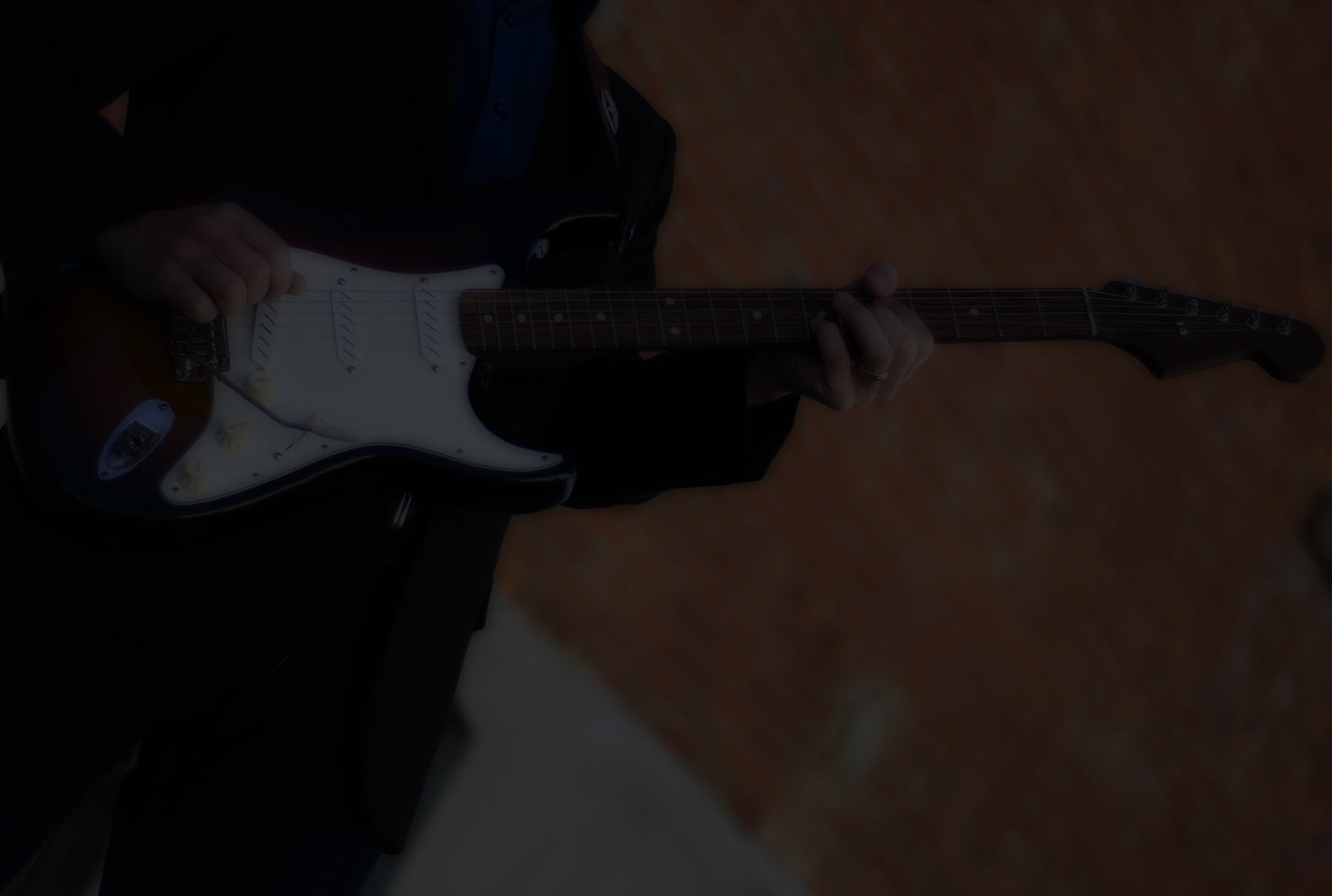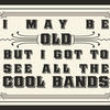Thanks for the feedback!
Now, I would love to hear you guys attempt what I did in this video. This the ANSWER to knowing where the chord tones are. All you need to know is there: 1-3-5 and 7. Use these notes in creative ways and add other licks and notes to them as well.
What about note for note exercise for doing this? That's fine, I will do Soundslice lesson for that (I assume that is most members' wish?). It's a good start to have it all laid out and you can follow along at whatever tempo you wish with the slowdown feature on Soundslice.
However, that's not enough. You need to do what I did here frequently, to make it second nature to find these notes. You must practice finding notes at random/at will, using different rhythms that you make up on the fly. That's improvisation, and that's where creativity comes from in soloing. Yeah it can be frustrating, but so what? From hard work comes powerful rewards.
I hope this doesn't sound disappointing or harsh... I want you to be able to play freely like I do, and this is most of the answer for how to do that.
When you focus too much effort on exercises, you end up sounding like an exercise. That does not mean exercises are bad or should be avoided, but at some point, you need take the knowledge gained from exercises and start creating on your own. That's the BIG DIFFERENCE.
Ok . So I'm noodling with chord tone triads in mind to a slow backing track. Just processing what you have been chatting about as well as applying other lesson ideas and licks from around the MGA site. This is a practice piece with a lot of thinking going on. At times I get creative and follow an idea, at others I am focusing on what you are teaching us and applying it to the fret board. I'm not trying too much just applying the lessons and keeping it simple.
I hope this inspires others to post as well so we can all learn!!
That's killer, man! I love your approach here, and it's same one I use when practicing. After you play this way for a while, you'll be more relaxed about where the good notes are, and you can be more adventurous, so to speak.
What I was talking about before regarding that note that risk clashing happened here at about 50 seconds in. You bent up to the major 3rd for the I chord, but the band played the IV chord. Now, it's always a big deal. Here, you can barely hear the IV7 chord, so it's not obvious. However, if the band was really pronouncing that IV7 note, you'd hear a sour note. Just be aware of it. Sometimes, it can actually sound kinda cool, like in this case!
Thanks for the feedback. And yes it really is a great way to practice on so many levels. It really works.
Thanks for pointing out the major 3rd thingy. I see what you mean.
When you post a video clip, start a new thread here so it's easier to find later.
That was a fantastic practice clip, Craig. Those bends, vibrato, and whammy works add flavor and depth. Wonderful example of taking time to do the homework and get it under your skin with a patient pace.
Aside from the exercise targets, those double stops, especially 6ths, along with some elegant chord placement and garnishment that are favorites I keep striving to develop as fluid in playing.
Thanks for a wonderful and inspiring example!
That was a fantastic practice clip, Craig. Those bends, vibrato, and whammy works add flavor and depth. Wonderful example of taking time to do the homework and get it under your skin with a patient pace.
Aside from the exercise targets, those double stops, especially 6ths, along with some elegant chord placement and garnishment that are favorites I keep striving to develop as fluid in playing.
Thanks for a wonderful and inspiring example!
Hey Thanks Clayton, yeah it really is a fantastic way to practice and learn, rhythmically ,technically as well as creatively. Since posting I have had an "aha" moment in seeing the relationship between the blues chords and scales. To me they seem to weave together. I feel this is one of the blues qualities I have been seeking for a long time.
A bit more practice should yield an interesting next video!
Well, I have waded back into Chord tone studies hoping to get that connection of weaving chord tone melodic and the minor pentatonic approach. I get bits of the two at the same time but my mind still segregates them as two styles. My first approach to music was scalar rather than chordal so my fundamental instincts are linear which follows melody. I have pentatonic patterns down fairly well but the blend of both with doubles and chord embellishments is my goal.
Rx = Practice, practice, listen, practice, record, and more practice.
Clayton I would really like to see and learn from what you are talking about. Any chance of a video?
Craig, I have yet to successfully set up a video and synchronize audio, but I am pretty good with GarageBand. Now that the weather up here in the Baltimore area is cooling, and more activities will be headed indoors, I'll get a chance to fire up the Scarlett 2i2 and record. This year I drifted into traveling a lot after laying down Red Rhythm, but I will return to my old ways of multitrak projects soon. So, Yes, I'll get some new projects down and uploaded this month.
Did you get a listen to the Memorial Days backing track I re-posted about two weeks ago?
Keep a cooling, baby!
I just use a smartphone. The phone audio is ok for demo purposes.
"I’ve been imitated so well I’ve heard people copy my mistakes.” — Jimi Hendrix
Chat #9 up now on - https://www.masterguitaracademy.com/lesson/chat-9-namm-sweden/
NAMM, Sweden, t-shirts, new mandolin, and much more.
Wow! Mandolin for 70 bucks, sure looks nice and good quality. Having lived in Los Angeles for over 15 years, never did make it to one of the NAMM shows.
So, what do you think your next purchase will be?
Like them t-shirts. L is my size. Now if I can just learn how to do a video...
I've been posting my progress on the Log Folder, but only mp3 audio.
Good to see you made it back home safe.





